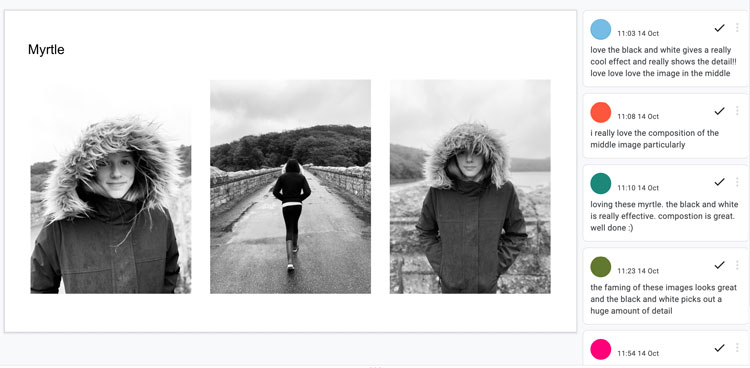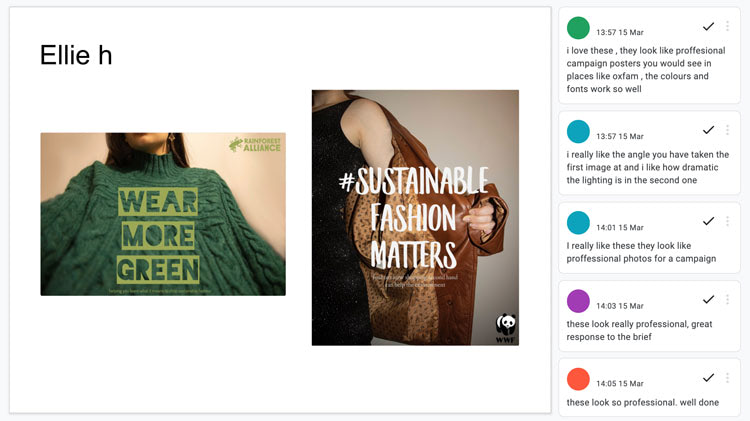Hybrid learning in creative education

For the @PlymouthArt Pre-Degree team, moving to online teaching as a result of the pandemic has been challenging and rewarding in equal measures
Plymouth College of Art is an independent university-sector art school that also offers specialist post-16 study programmes, including a dedicated pre-degree campus where ambitious creative students can develop their unique perspectives, meet like-minded people and gain the sought-after skills necessary to progress onto degree-level study or industry.
As a Google institution, we have already been successful in embedding digital technologies into our curriculum, making the most of Google Classroom, Docs, Slides, Sheets and more.
This enabled us to create a learning environment that was easily adaptable to classroom delivery, a hybrid model of 50/50 classroom and online, as well as fully online interactive content in the event of a national lockdown.

Examples of online learning using Google Workspace for Education
While nothing can replace the value of face-to-face delivery, particularly for practical subjects, the online workspace has opened up many exciting opportunities for both staff and students, which we hope to continue using in future.
For example, we’ve used online crits through Google Meet on our Extended Diploma in Photography course. Being able to show work shared through slide presentations has proven to be much more inclusive and engaging to students, creating a relaxed environment which is particularly helpful for students with learning difficulties or anxiety issues.
To have the option of contributing through comments on individual slides or in the chat box, as well as verbally, has meant that student contributions have greatly increased.
This has also allowed for a much more even playing field for students who struggle to engage in a classroom environment. With lots of students sitting around a table, this can cause anxiety levels to rise when asked to speak in front of others, making the job of the lecturer more challenging.
We’ve also found that with feedback being recorded in comment boxes on an online shared resource, this peer and tutor feedback is then available permanently for students to screenshot or download for reflective purposes later on. The same can be said for feedback on online discussions, seminars, workshops and talks.

Another area that has been particularly interesting within an online climate is the one-to-one tutorial. Where before, a one-to-one session could feel rushed in a classroom, or become disrupted by distractions in the room, now, within an online space there are fewer distractions for staff and students.
Many staff members have highlighted how the conversations that have taken place have generally been more engaging, and certainly more relaxed, which has bettered the learning experience.
This last year has certainly made us challenge and question our own teaching styles and delivery methods. When or if we return to some kind of normality, we should look to continue to embrace an element of online delivery in any curriculum model within further education.
The benefits are not only huge in terms of student engagement, but it also has the potential to relieve pressure on staff members and institutions alike. By being able to offer this exciting and immersive hybrid learning, the Pre-Degree team continues to prepare students for creative undergraduate-level study in the creative arts.
By Tobie Loates, Subject Leader Extended Diploma Photography and Film, Animation & Media Production at Plymouth College of Art’s Pre-Degree centre and External Moderator for University of the Arts London











Responses